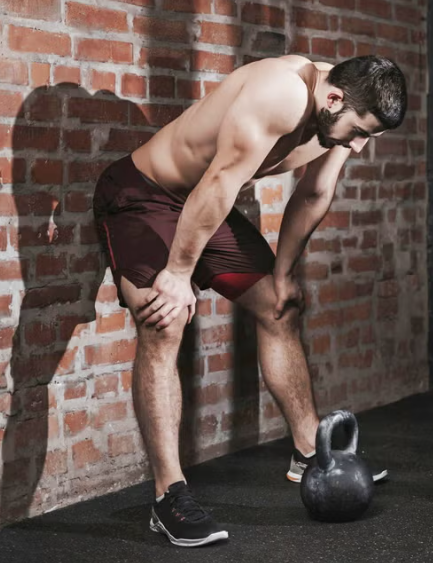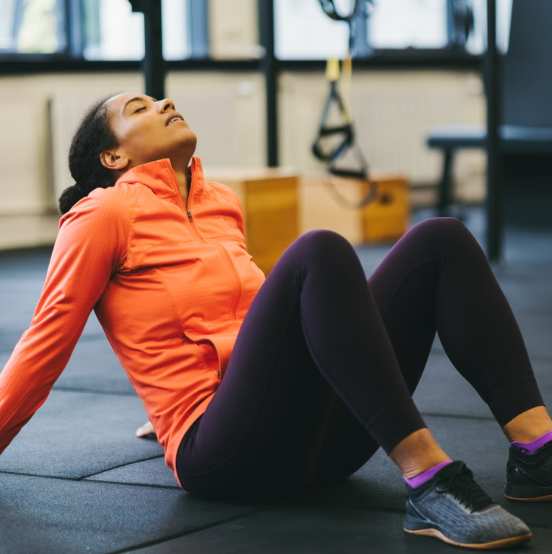
Understanding Valgus Collapse in the Squat: Causes and Solutions
The phenomenon of knees caving in, or valgus collapse, is a frequent issue seen in the squat, and it’s one of the primary reasons why many lifters are constantly reminded to “push the knees out.” But how much does this really matter? Is valgus collapse something that could lead to injury, or is it simply a technical flaw that doesn’t affect performance? Let’s dive into the biomechanics behind this issue and see what can be done to address it.
While valgus collapse is something that often happens during squats, it’s rare to see it in exercises like the conventional deadlift. Interestingly, those who perform sumo deadlifts typically have an easier time keeping their knees out compared to their squat form. What’s the difference? The key distinction lies in the eccentric portion of the lift: the squat has an eccentric phase, but the deadlift doesn’t. During the squat, the lifter must control gravity as they lower themselves, which gives the best chance of safely lifting the weight.
The action of gravity during the squat tends to pull the body into hip adduction (moving the legs inward) and internal rotation of the hip, which is also what causes the knees to cave in. To counteract this, muscles like the glute medius work to create hip abduction (moving the legs outward) and external rotation of the hip. However, there’s an issue—many people have weak glute medius muscles due to prolonged sitting, and the glute medius has minimal leverage at the bottom of the squat to perform these movements. The result is that the knees tend to cave in.
Although this seems like a problem, it’s not necessarily a deal breaker. In fact, regaining some internal rotation at the hip can help the glute medius regain leverage. While it may seem counterproductive, this adjustment doesn’t significantly hurt the mechanics of the squat. It turns out that the adductor magnus—the largest muscle in the hip adductor group—actually becomes the primary hip extensor when the glutes can’t fully contribute.
In the bottom of the squat, the adductor magnus has a stronger leverage to extend the hips than the glutes. This is a key point because the adductor magnus only crosses the hip joint, unlike the hamstrings, which cross two joints and thus face more limitations. Interestingly, research shows that modifying your squat stance or wearing a lifting belt doesn’t affect how much the adductor magnus is activated, further proving that stance width isn’t the key to solving this issue.
There are also anatomical reasons why some people experience more valgus collapse than others. For example, women typically have a greater Q angle, which makes it harder for them to keep their knees in line with their feet during squats. The Q angle refers to the angle between the hip bone (ASIS) and the patella tendon, and a larger angle means more difficulty stabilizing the knee joint. Additionally, the width of the pelvis and the position of the femur in the pelvis can make it harder to maintain knee alignment. These factors are unchangeable, but focusing on strengthening the right muscles can still make a difference.
To address the valgus collapse, it’s important to strengthen the glutes, especially in hip flexion. Exercises like good mornings and reverse hypers can be beneficial for building this strength. Additionally, including clamshell exercises with various degrees of hip flexion in your warm-ups can target the glute medius and improve your squat form.
Now, you might be wondering if a little valgus collapse is dangerous. Generally, a minor twitch in the knees inward is not a cause for concern. However, when the knees collapse past the level of the hips, that’s when the risk of injury—particularly ACL injuries—becomes a factor. This is why athletes’ landing mechanics are crucial for injury prevention. Take Robert Griffin III, for example. He demonstrated significant valgus collapse during the NFL Combine, and this led to a series of knee injuries in his career.
The risk of knee injuries is not unique to squats—other activities like running place a similar demand on the knees, especially in women due to the larger Q angle. Strengthening the body to better control forces, such as those encountered in squats, can help reduce injury risks during other activities.
For those already dealing with knee pain, squats can still be beneficial, but adjustments might be needed. Box squats, for example, limit shear forces on the knee joint by encouraging better hip engagement. Focusing on pushing the hips back, keeping a vertical shin angle, and limiting squat depth can also help avoid pain. Over time, progressively lowering the squat depth will build strength through the entire range of motion.
Ultimately, valgus collapse isn’t inherently harmful unless it causes the knee to cave in beyond the hips, increasing injury risks. Strengthening the glutes, improving squat mechanics, and practicing squat variations that are pain-free can help mitigate these risks and ensure knee health. By focusing on proper form and progressively loading the squat, you can develop better muscle balance and resilience, reducing the likelihood of injuries in the long run.




